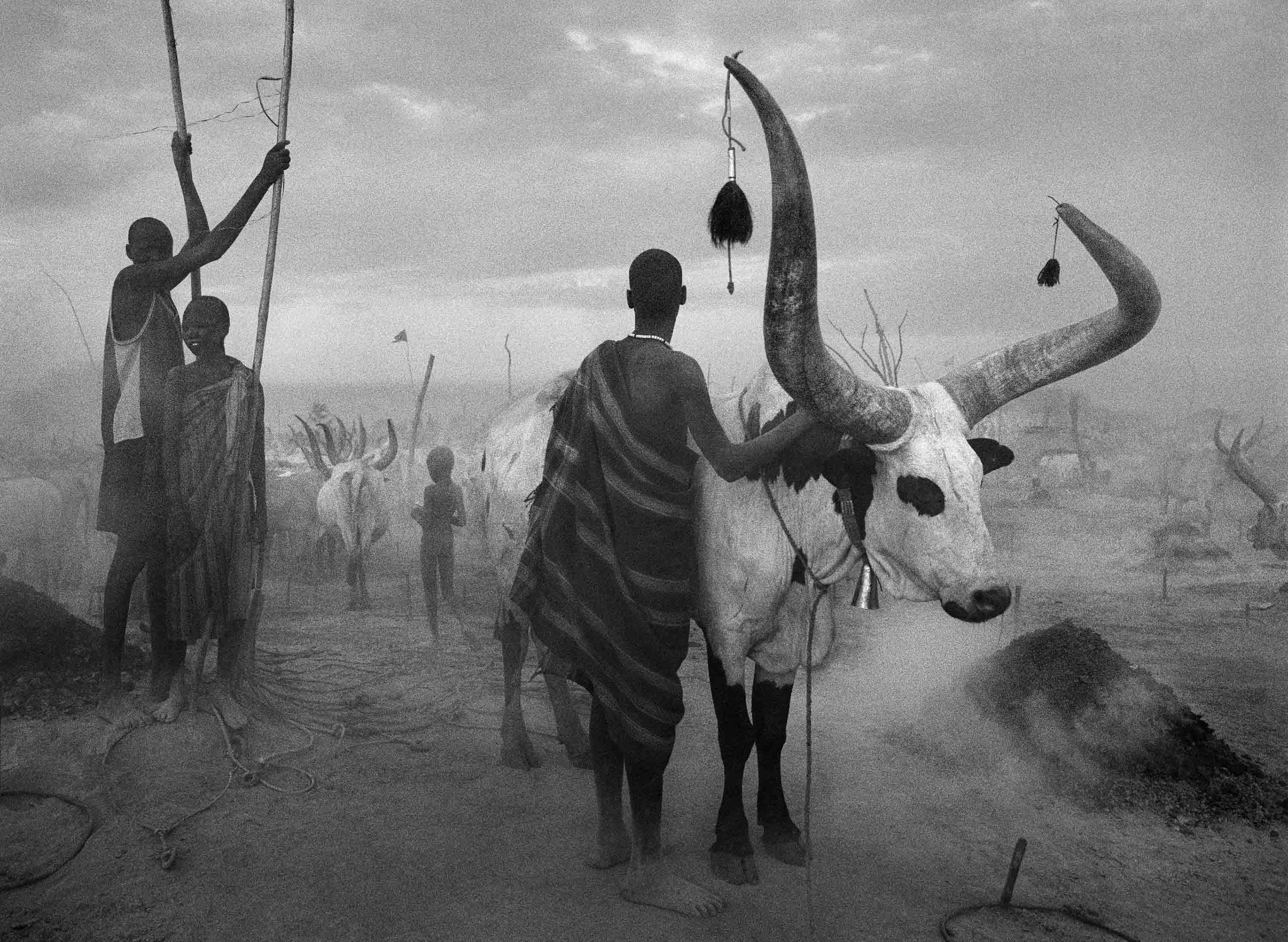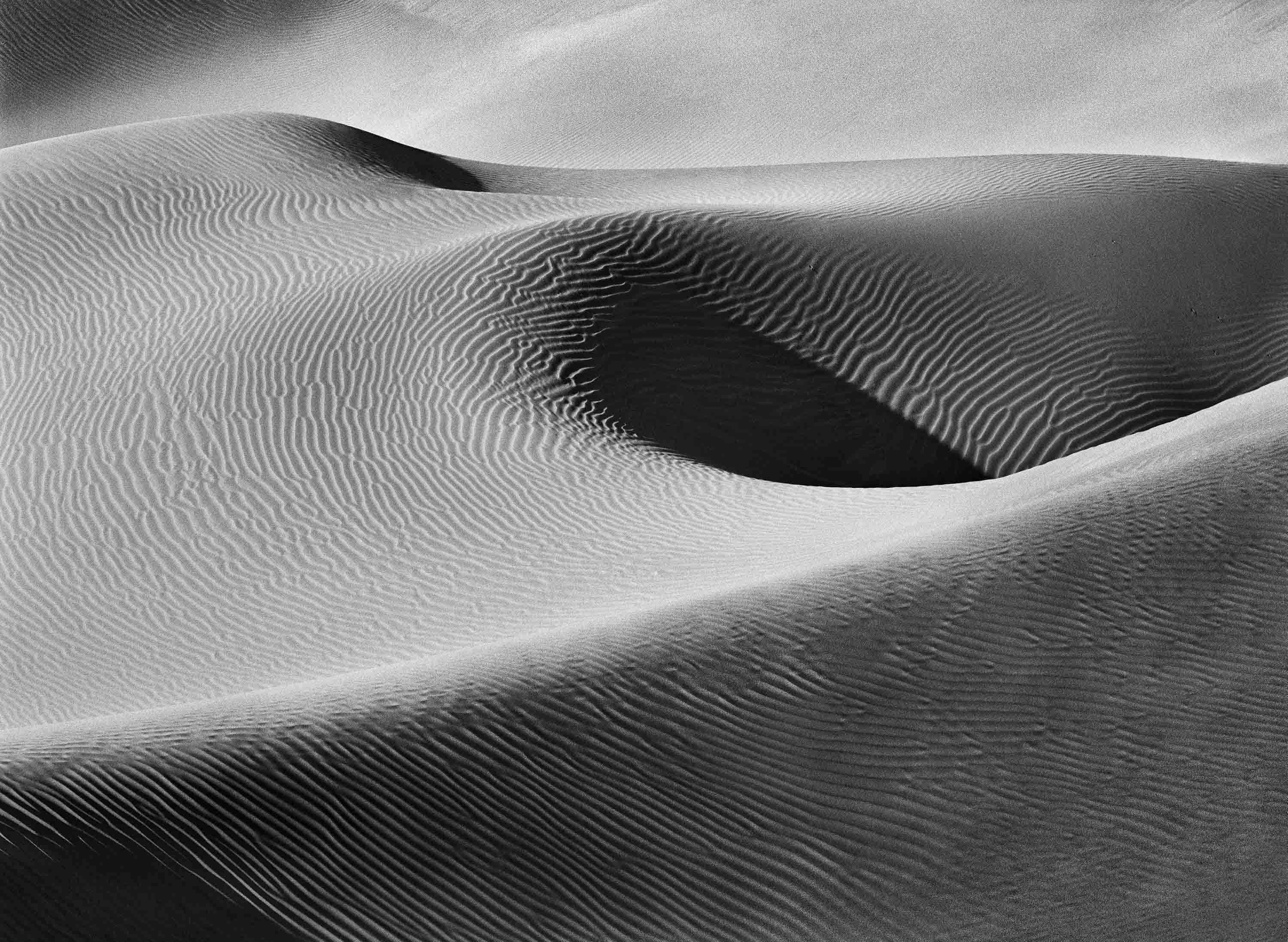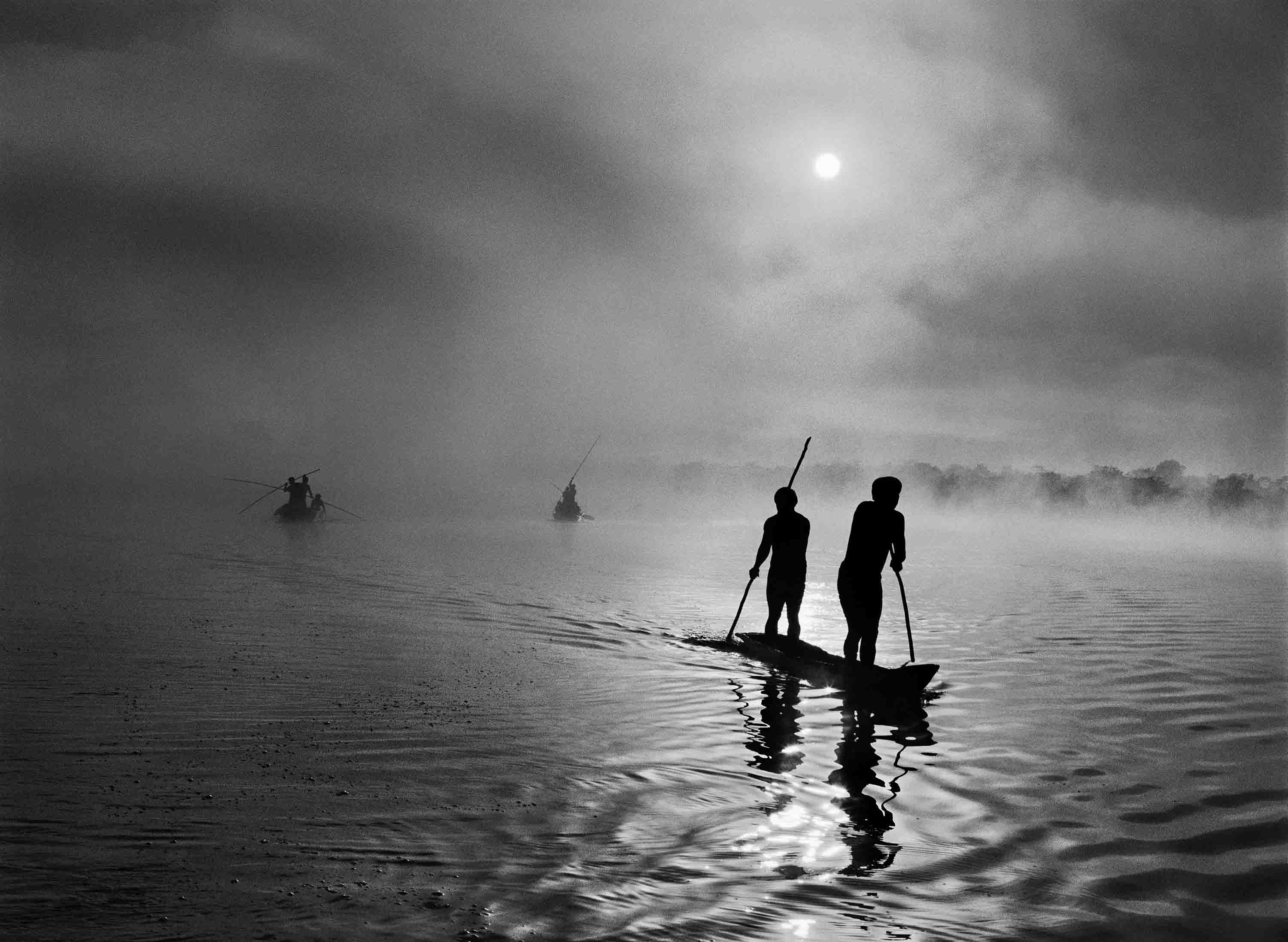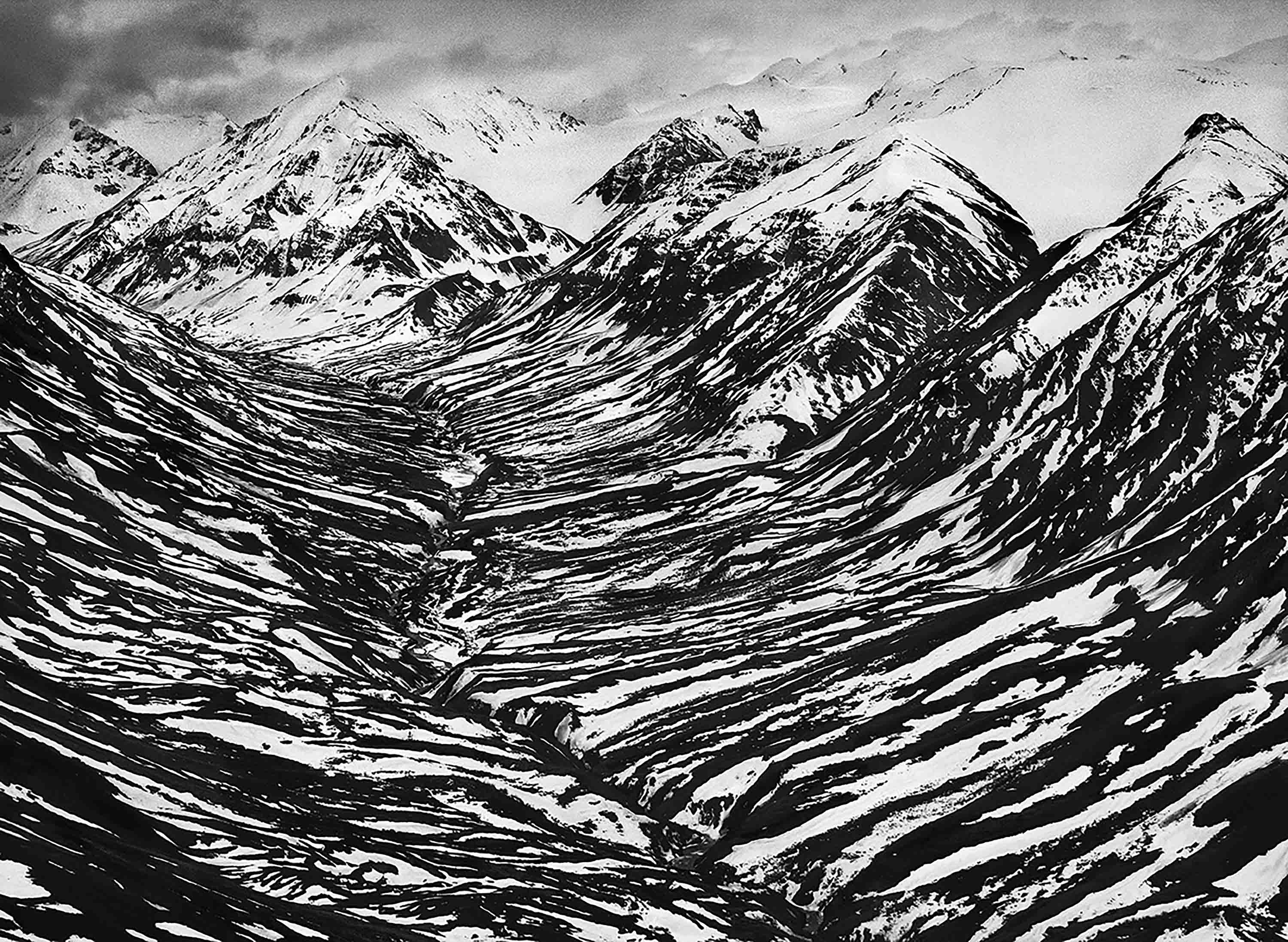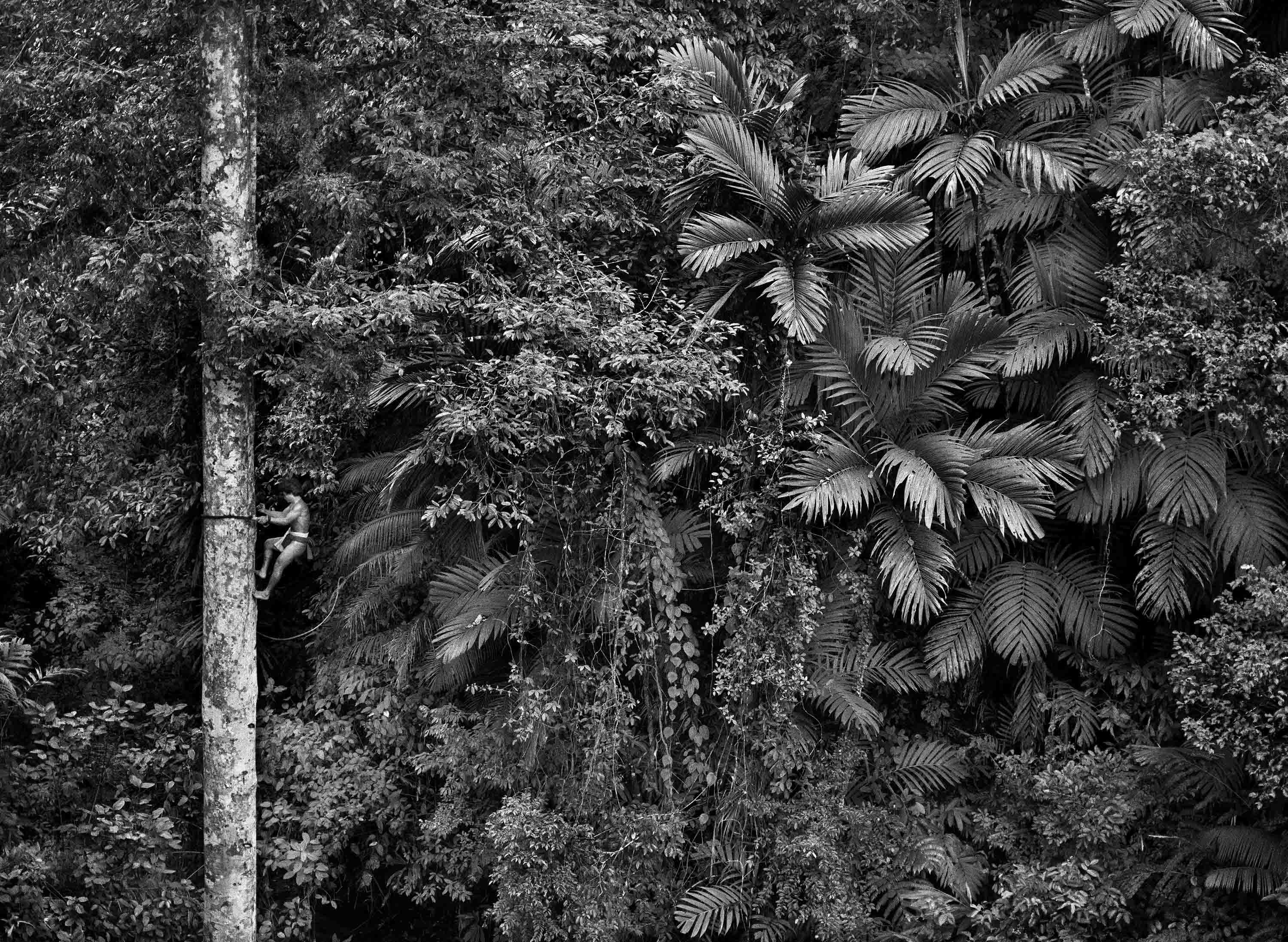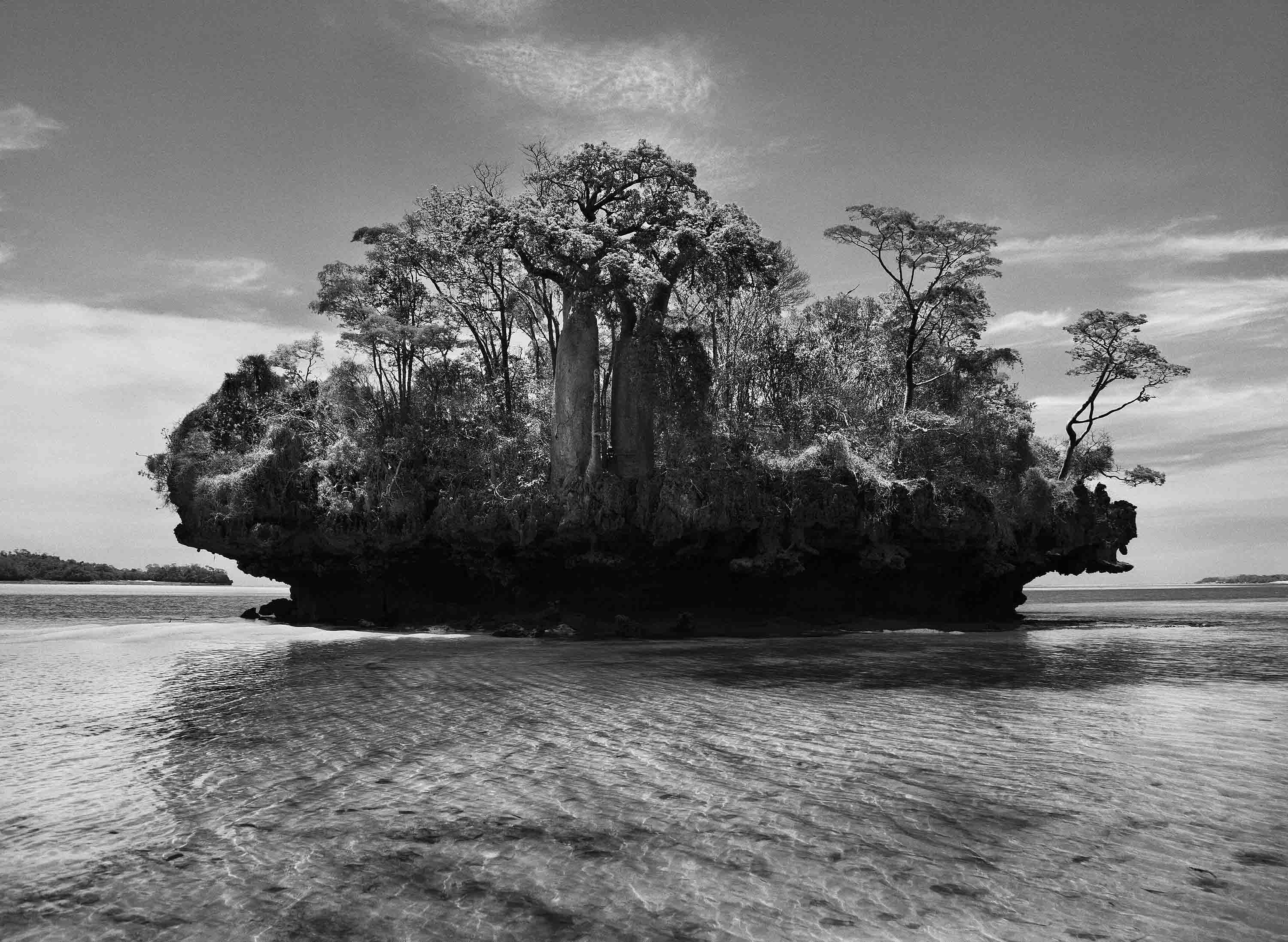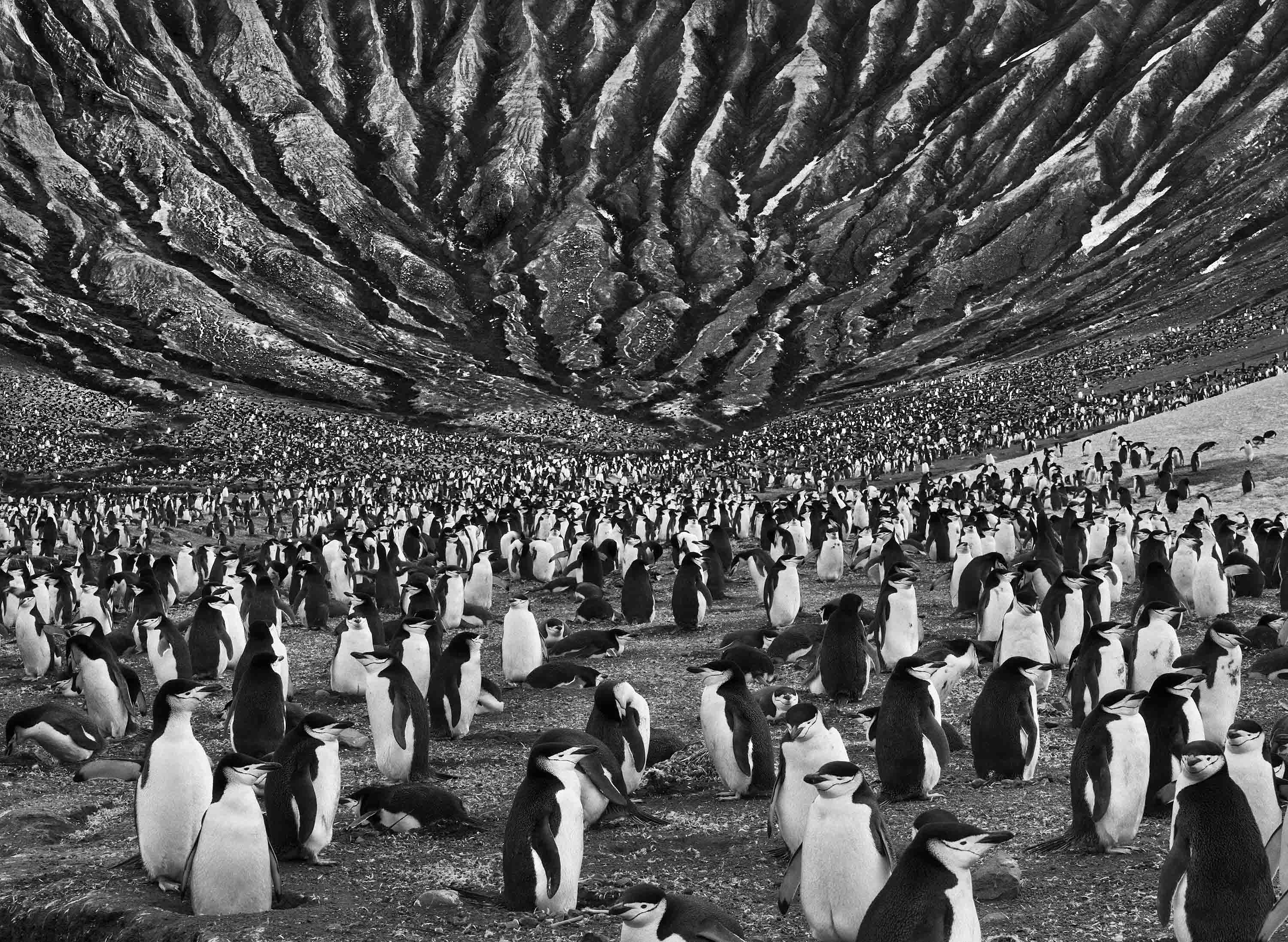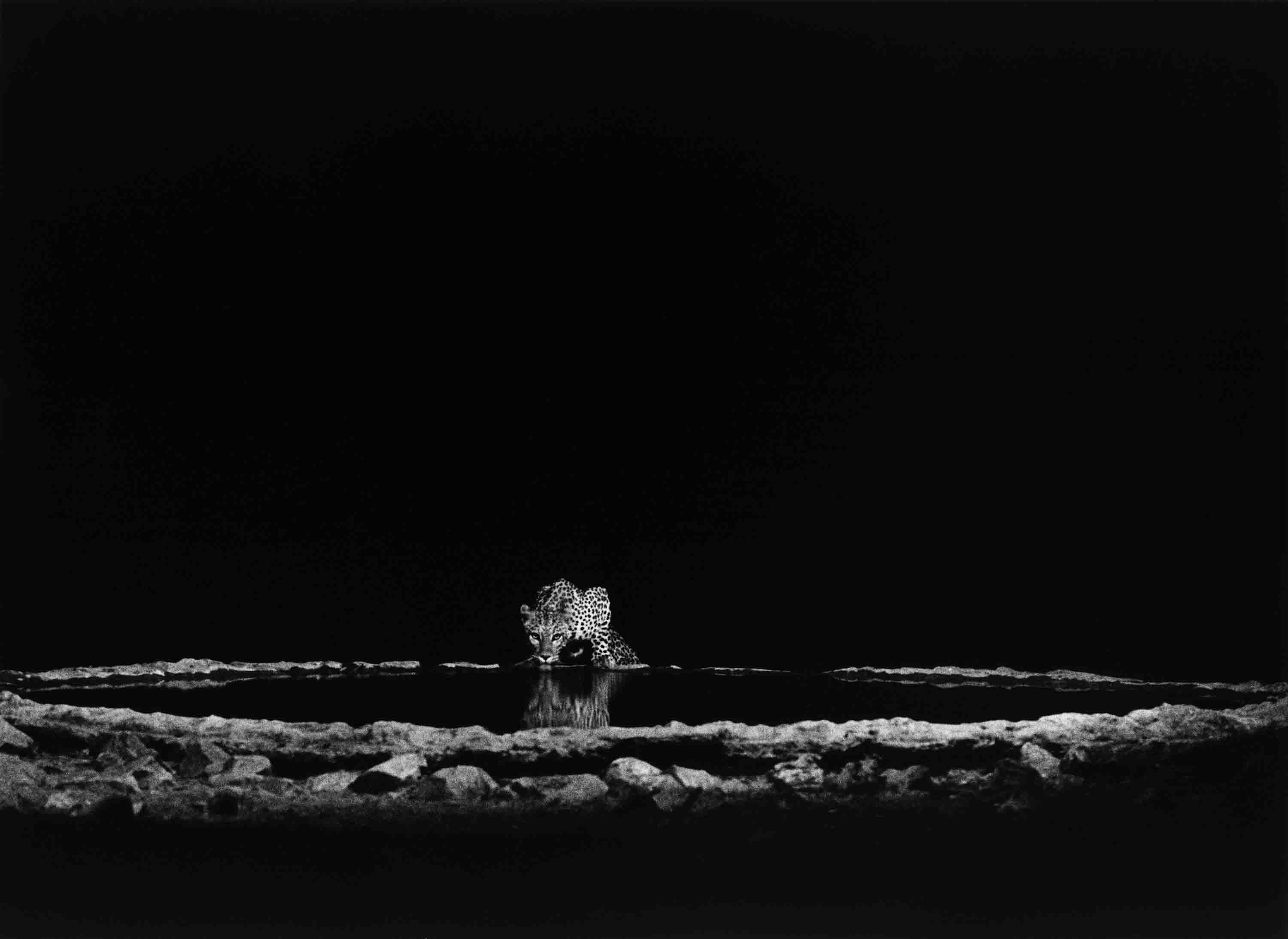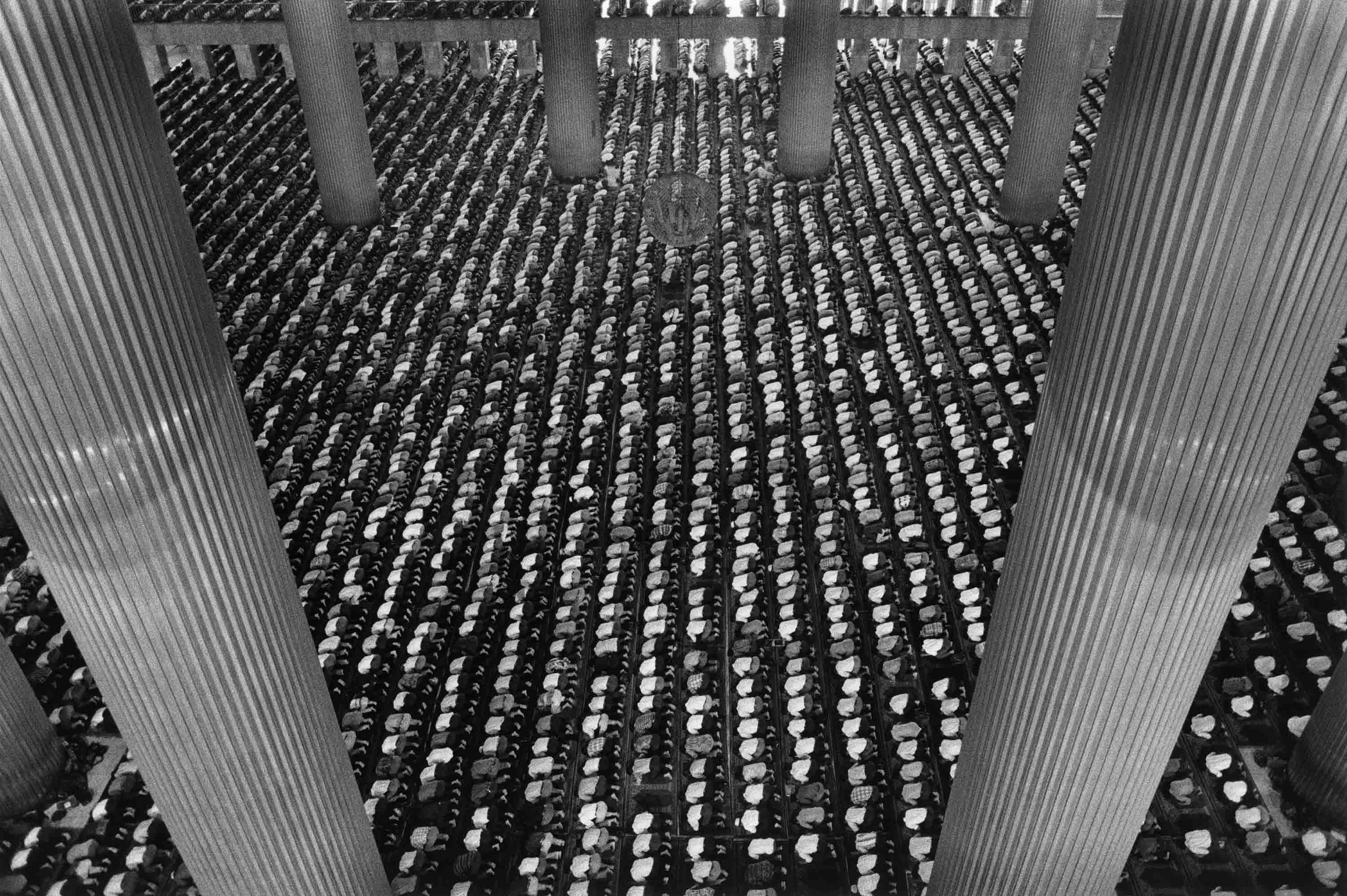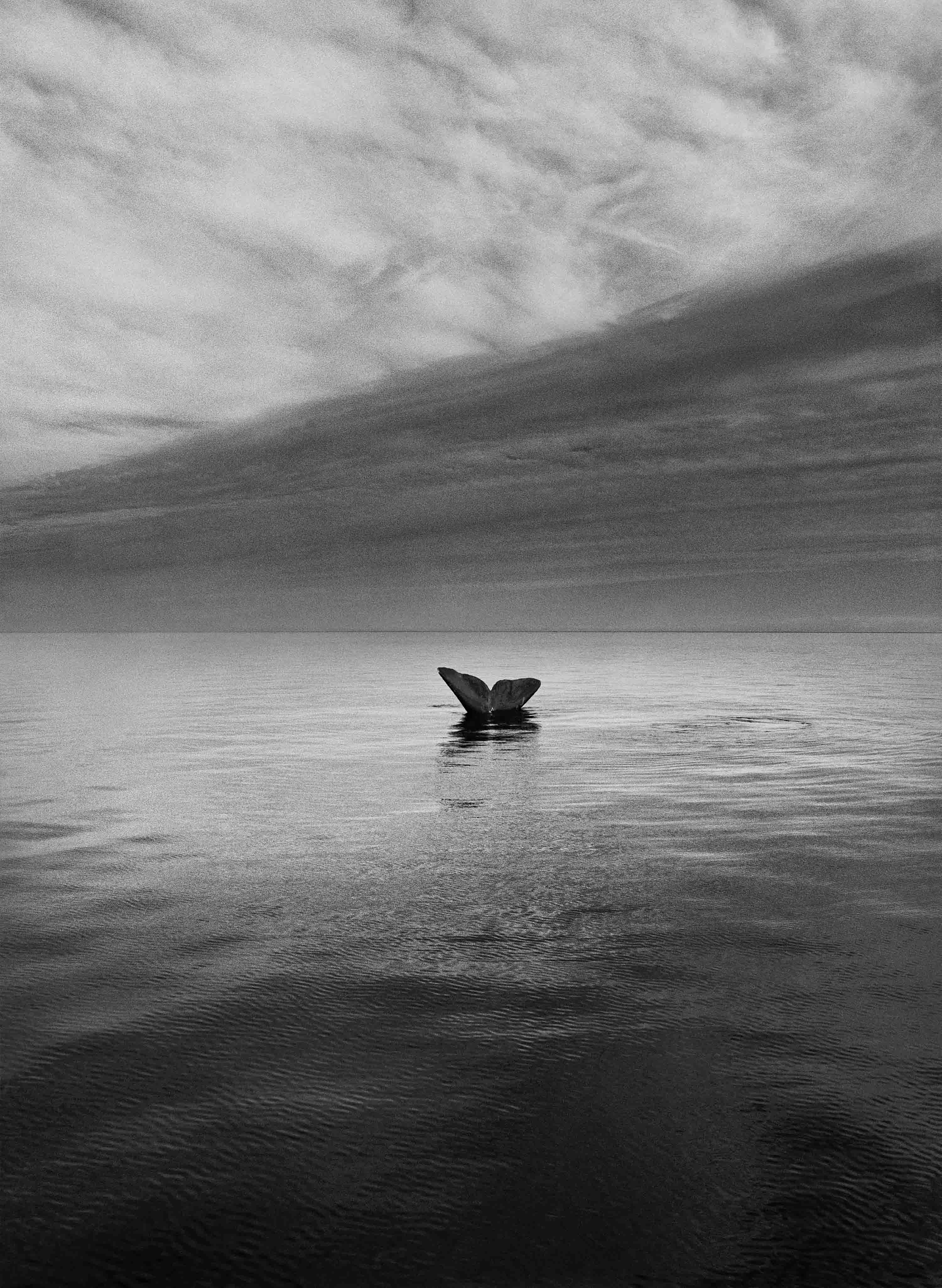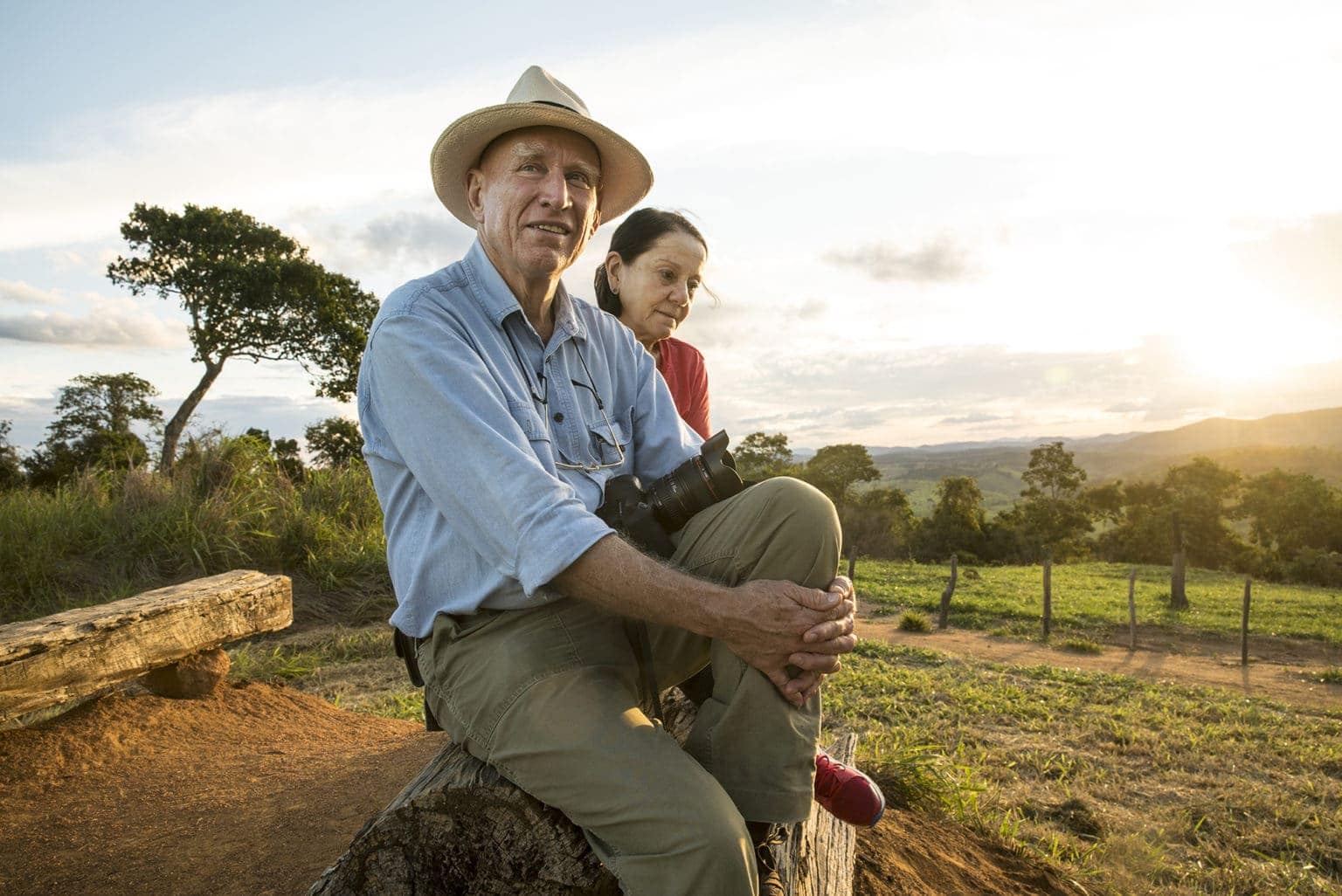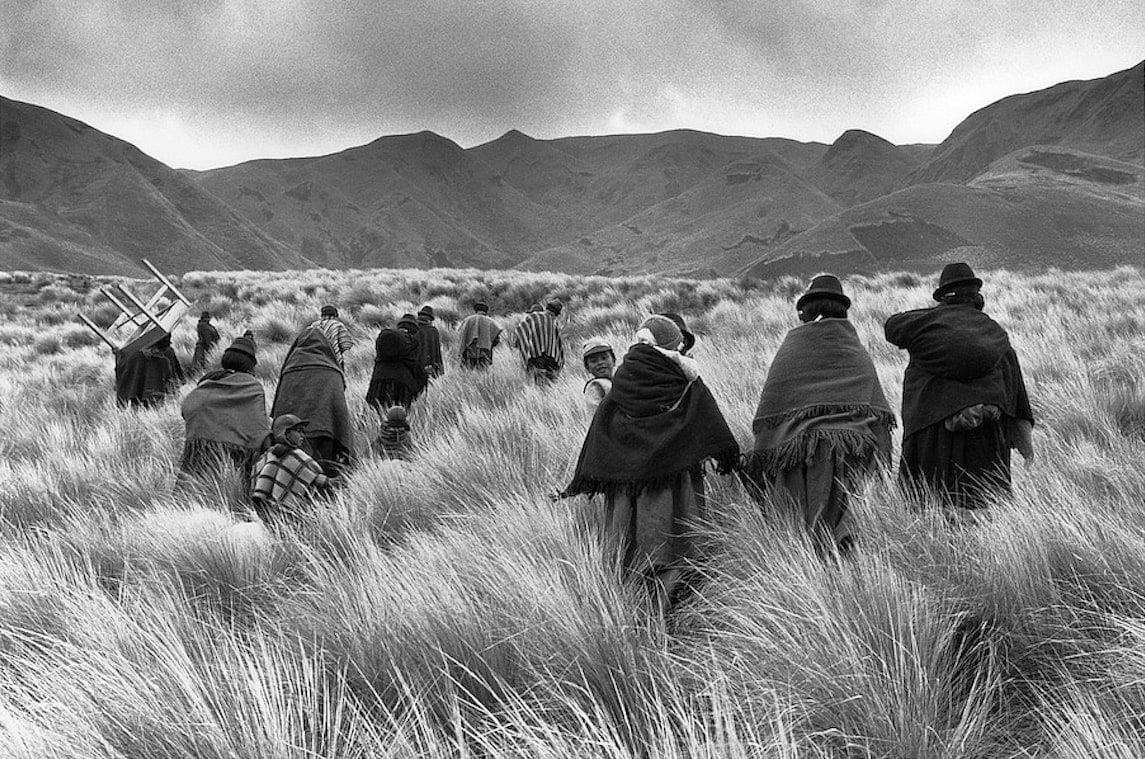Undertaking projects of vast temporal and geographic scope, Sebastião Salgado was one of the most celebrated and impactful photojournalists of our time.
Sebastião Salgado Prints For Sale (30):
Artist Biography
Sebastião Salgado
Brazil
B. 1944-2025
EnquireEarly Years
Sebastião Salgado was born on 8 February 1944 on a large cattle farm in Aimorés in the state of Minas Gerais, Brazil, to a middle class family as the sixth of eight children. He has said that his childhood spent on the farm heavily influenced the expansiveness for which his photography is renowned. Salgado moved to a nearby city for school and then to Vitória and São Paulo to study economics. In 1967 he married Lélia Deluiz Wanick who went on to play an integral role in the development of his photographic practice. He considers his work the product of their partnership, and Lélia to be the visionary and guiding force in the planning and execution of his projects. They have two sons and one grandson.
Salgado began his career as an economist working for the secretary of finance to the state of São Paulo before moving to Paris to undertake a doctorate. This move was largely the result of his participation in the student protests against Brazil’s military dictatorship that led to the revocation of his Brazilian passport. Exiled for ten years, his passport was only regained after a process of litigation, but the family decided to remain in Europe, partly to ensure the care of one of their sons who was born with Downs syndrome. Salgado started working for the International Coffee Organisation at this time and travelled extensively to Africa for the World Bank.
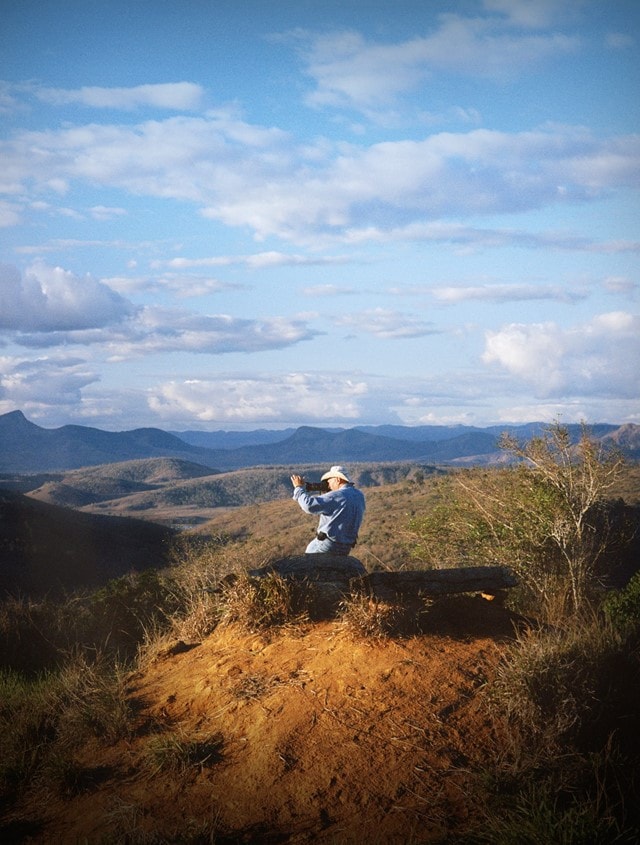
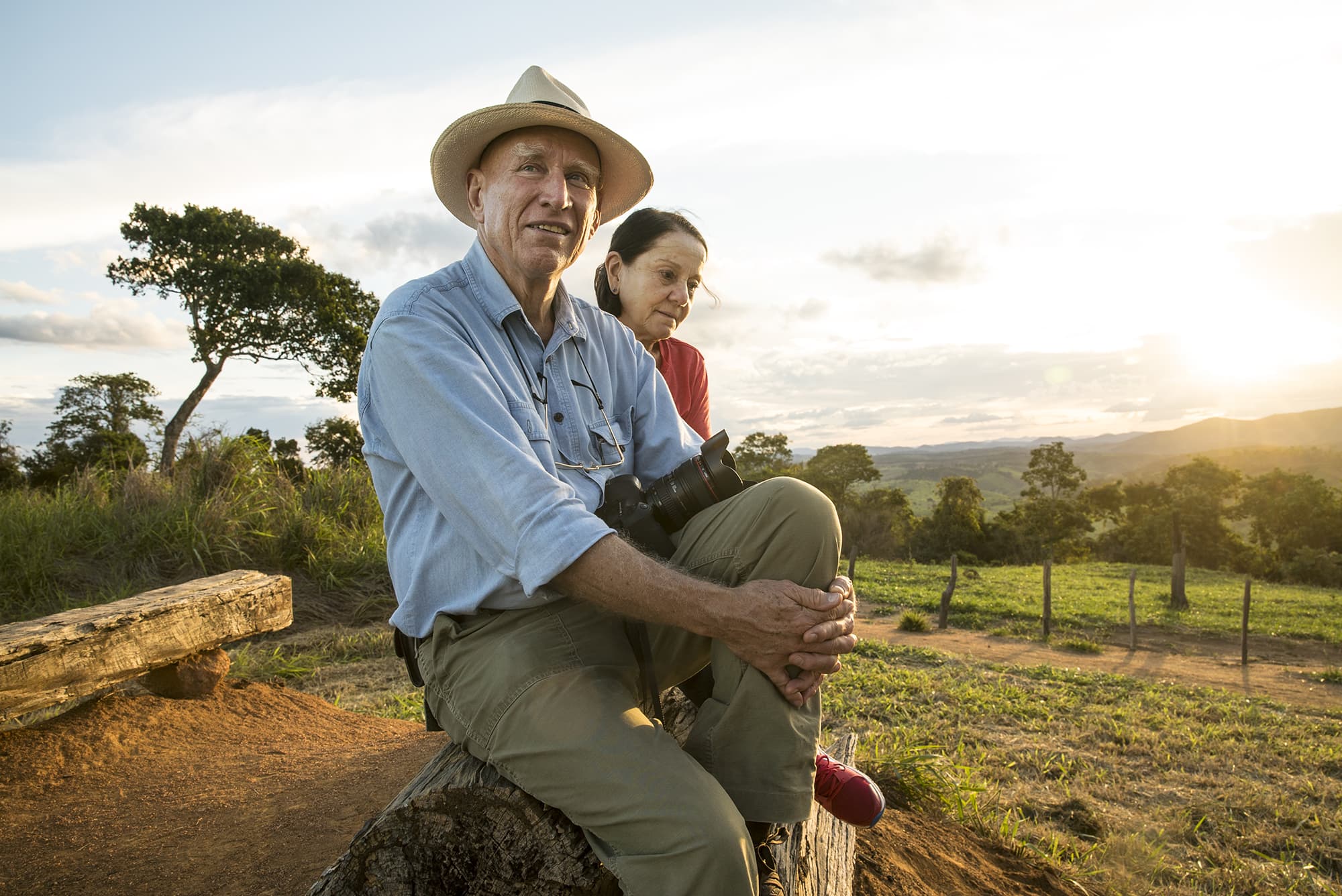
Photographic Career
Salgado began photographing in the early 1970s when Lélia bought a camera to use whilst studying architecture. In 1973 he gave up his career as an economist, as photography made “a total invasion: of his life. After working for the Sygma and Gamma photo agencies, in 1979 he joined Magnum, the prestigious agency that had been founded by the four fathers of modern photojournalism – Robert Capa, Henri Cartier-Bresson, George Rodger and David ‘Chim’ Seymour. He cemented his reputation as a photojournalist, however, when he captured the attempted assassination of Ronald Reagan in March 1981.
Leaving Magnum in 1994, Salgado set up the photo agency, Amazones Images, in partnership with Lélia to promote his photography. In 1999, the couple also founded the Instituto Terra, a non-profit organisation established to conserve the Atlantic rainforest that surrounded his family home. Taking over the cattle ranch that had been owned by his father, Sebastião and Lélia set about undoing the devastation caused by deforestation and erosion and recreated a forest with the species that had once flourished there.
Serra Pelada
In order to understand the communities and habitats he photographed, Salgado undertook prolonged projects, or “photo-essays”, that present huge, thrilling dramas of clashing geographical, social and cultural structures. His earlier projects – ‘Migration’ and ‘Workers’ – centre on the trials of humanity across the globe, taking seven and six years respectively. Consumerism is constantly impinging on the wilderness in these photographs, as the ancient and modern come into terrifying proximity. Some of Salgado’s most famous images were taken at the Serra Pelada gold mine in Brazil, where he immortalised scenes of medieval horror as tens of thousands of men worked in appalling conditions. Despite the foreboding shadow cast by humanity’s propulsion towards self-destruction, community was constantly at the centre of Salgado’s vision. Displaced, degraded and corrupted, humanity can always be ennobled through the return to community.
Genesis
After photographing brutality and violence across the globe, Salgado’s photo-essay, ‘Genesis’, marked a rekindling of faith in the partnership of humanity and nature. Completed in 2013, the eight-year project is awesome in the truest sense of the word. ‘Genesis’ is about returning to origins – finding nature in its pure, pristine state. It takes us on a journey to the remotest regions of the planet to see five tonne elephant seals in South Georgia, people of the Dinka tribe herding cattle, thousands of penguins on Zavodovski Island and the Nenets of northern Siberia crossing the ice into the Arctic Circle. As Salgado has said, ‘Genesis’ is a “mosaic presented by nature itself”, but it is not just a romantic contemplation of the sublime, instead, it opens up a discussion about what we have done to the planet and what we must now do to protect it.
Rather than dwelling on the consequences of our disregard for the environment with the polemic zeal of his earlier work, ‘Genesis’ is an elegy to the disappearing wonders of the planet. “The work is the record of my journey,” Salgado has said, “a visual ode to the majesty and fragility of the Earth. But it is also a warning, I hope, of all that we risk losing.” As a photo-essay, ‘Genesis’ is a strangely timeless document, showing the ancient, the present and the future in a colossal nexus of human, nature and planet.
More so than any other contemporary photographer, Salgado came to typify the genre of fine art photojournalism. Renowned for his highly skilled tonality, the chiaroscuro effect of his dramatic black-and-white images has contributed to the repositioning of photography as ‘high art’. This success undoubtedly issued from his political insight and distinctive aesthetic that renders the world both beautiful and humbling. It is this combination of political and aesthetic force that makes it impossible not to respond to Salgado’s photography with thought and comment.
Exhibitions & Awards
A feature-length documentary about the artist, ‘The Salt of the Earth’, directed by Wim Wenders and Juliano Ribeiro Salgado, won the Special Jury Prize at Cannes in May 2014. Salgado has been awarded numerous major photographic prizes in recognition of his accomplishments. He has twice been awarded photographer of the year by the International Center of Photography. Salgado was a UNICEF Goodwill Ambassador, and an honorary member of the Academy of Arts and Sciences in the United States.
He published a number of books, including ‘Other Americas’ (1986), ‘Sahel, lʼhomme en détresse’ (1986), ‘Sahel: el fin del camino’ (1988), ‘An Uncertain Grace’ (1990), ‘Workers’ (1993), ‘Terra’ (1997), ‘Migrations and Portraits’ (2000), and ‘Africa’ (2007). Exhibitions of Salgado’s work have been presented in institutions throughout the world, including International Center of Photography (New York), The Natural History Museum (London), Somerset House (London), Tokyo Metropolitan Museum of Photography, Barbican Gallery (London) and Deutsches Historisches Museum (Berlin). His work is held in many museum collections including the Centre Pompidou (Paris), Art Institute of Chicago, Museum of Modern Art (New York), The J. Paul Getty Museum (Los Angeles), San Francisco Museum of Modern Art, and the National Museum of Modern Art (Tokyo), among others.
During a 2010 trip to Indonesian New Guinea, Salgado contracted falciparum malaria, a severe illness that caused lasting damage to his bone marrow. Fifteen years later, after battling with leukemia, Salgado sadly passed away in May 2025, at the age of eighty-one.

